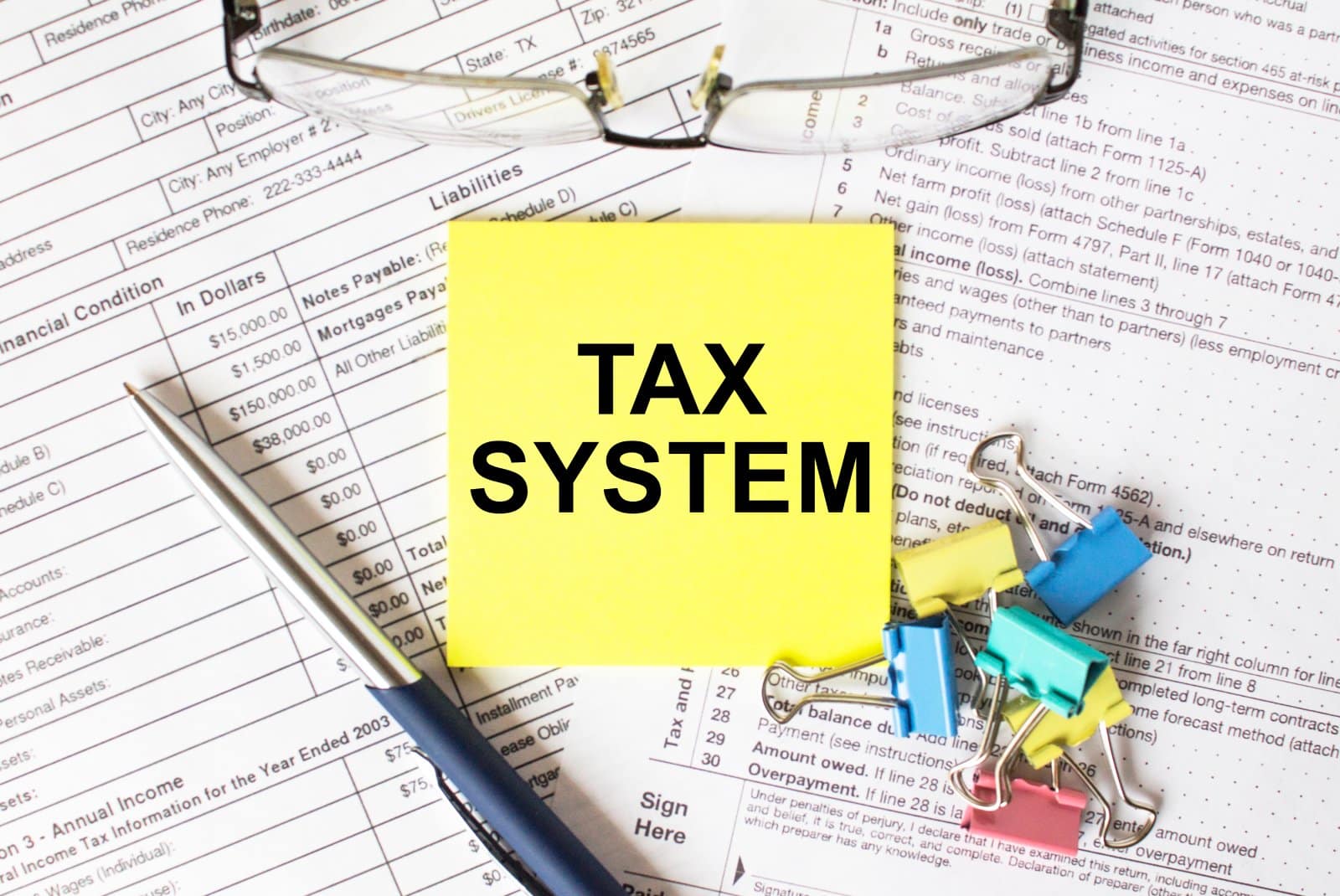Ever wondered why certain things seem to cost more in the United States compared to its neighboring countries, Canada and Mexico? From everyday necessities to big-ticket items, the price differences can sometimes leave you scratching your head. Let’s delve into 25 instances where the cost of living in the U.S. might make you feel like you’re getting a raw deal compared to your North American neighbors.
Gas Prices: Pumping up the Expense

In the U.S., the average price of a gallon of gasoline is $3.35, while it’s just $1.37 in Mexico.
Healthcare Costs: Paying a Premium for Care

With an average annual healthcare expenditure per capita of $10,586 in the U.S., compared to $4,826 in Canada and $1,079 in Mexico, staying healthy can come at a hefty price.
Education Expenses: Tuition Troubles

Annual tuition at a public four-year college in the U.S. averages $10,560 for in-state students and $27,020 for out-of-state students, significantly higher than the $6,838 in Canada and $1,634 in Mexico.
Housing Market: Home Prices Soar

The median home price in the U.S. is $363,300, while it’s a mere $67,062 in Mexico, making homeownership a pricey proposition.
Groceries: Forking Out More at the Supermarket

With the average monthly cost of groceries for a family of four at $550 in the U.S., compared to $420 in Canada and $300 in Mexico, putting food on the table can be costly.
Internet and Cable Bills: Paying a Premium for Connectivity

Monthly internet and cable bills in the U.S. average $217, compared to $64 in Canada and $34 in Mexico, leaving Americans with a hefty bill for staying connected.
Mobile Phone Plans: A Costly Connection

The average monthly cost of a mobile phone plan in the U.S. is $80, while it’s $45 in Canada and $20 in Mexico, making staying in touch more expensive for Americans.
Car Insurance: Driving up Expenses

With an average annual car insurance premium of $1,427 in the U.S., compared to $930 in Canada and $441 in Mexico, hitting the road comes with a higher price tag.
Utility Bills: High Costs for Essential Services

Monthly utility bills for electricity, heating, cooling, and water average $398 in the U.S., while they’re $181 in Canada and $86 in Mexico, leaving Americans with higher expenses for basic amenities.
Healthcare Costs: Prescription Price Predicament

Americans pay an average of $1,220 annually for prescription drugs, compared to $760 in Canada and $442 in Mexico, putting a strain on healthcare budgets.
Higher Education: Expensive Degrees

The average annual tuition for a private four-year college in the U.S. is $36,880, significantly higher than $27,159 in Canada and $4,678 in Mexico, making higher education a pricey investment.
Restaurant Dining: Tipping and Taxes Add Up

Dining out in the U.S. can be costly, with the average meal at a mid-range restaurant for two costing $60, compared to $50 in Canada and $30 in Mexico.
Gym Memberships: Sweat Equity at a High Price

Monthly gym memberships in the U.S. average $58, while they’re $44 in Canada and $27 in Mexico, making fitness more expensive for Americans.
Property Taxes: Taxing Homeownership

Property taxes as a percentage of home value average 1.1% in the U.S., compared to 0.7% in Canada and 0.3% in Mexico, adding to the cost of homeownership.
Car Prices: Driving up the Cost

The average price of a new car in the U.S. is $40,857, significantly higher than $34,623 in Canada and $20,671 in Mexico, making owning a vehicle more expensive.
Childcare Expenses: Costly Care for Kids

Monthly childcare costs average $1,230 in the U.S., compared to $825 in Canada and $300 in Mexico, making childcare a significant expense for American families.
Pet Care Costs: Pricey Paws and Claws

Annual pet care expenses, including veterinary care and pet insurance, average $885 in the U.S., compared to $607 in Canada and $228 in Mexico, adding to the cost of pet ownership.
Entertainment: Pricey Pastimes

Going to the movies in the U.S. costs an average of $12 per ticket, compared to $10 in Canada and $5 in Mexico, making entertainment more expensive.
Vacation Expenses: Pricey Getaways

The average cost of a domestic vacation in the U.S. is $1,145, compared to $935 in Canada and $585 in Mexico, making travel within the U.S. more expensive.
Clothing: Fashion at a Premium

The average price of a pair of jeans in the U.S. is $45, compared to $35 in Canada and $25 in Mexico, making clothing more expensive for Americans.
Taxes: Uncle Sam Takes a Bite

The average effective tax rate in the U.S. is 29.8%, compared to 26.8% in Canada and 16.2% in Mexico, leaving Americans with a higher tax burden.
Banking Fees: Paying to Bank

Monthly banking fees in the U.S. average $15, compared to $10 in Canada and $5 in Mexico, adding to the cost of financial services.
Home Repairs: Expensive Fixes

The average cost of home repairs in the U.S. is $5,000, compared to $4,000 in Canada and $2,000 in Mexico, making maintaining a home more expensive.
Childbirth Costs: Pricey Deliveries

The average cost of childbirth in the U.S. is $10,808, compared to $7,576 in Canada and $2,457 in Mexico, making healthcare expenses higher for growing families.
Retirement Savings: Costly Nest Eggs

Americans need an average of $1.18 million for retirement, compared to $1.07 million in Canada and $773,000 in Mexico, highlighting the higher cost of retirement in the U.S.
Cheaper South of the Border

From the pump to the grocery store and beyond, the United States often has a higher price tag than its neighbors, Canada and Mexico. These 25 examples highlight the disparities in the cost of living across North America, prompting us to question why some things seem like a rip-off south of the border.
The post Beat U.S. Price Hikes: Move to Canada or Mexico for a Better Deal first appeared on Thrift My Life.
Featured Image Credit: Shutterstock / Prostock-studio.
For transparency, this content was partly developed with AI assistance and carefully curated by an experienced editor to be informative and ensure accuracy.
